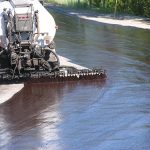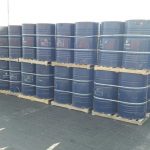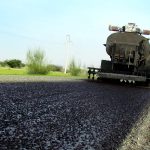
Cationic Bitumen Emulsion
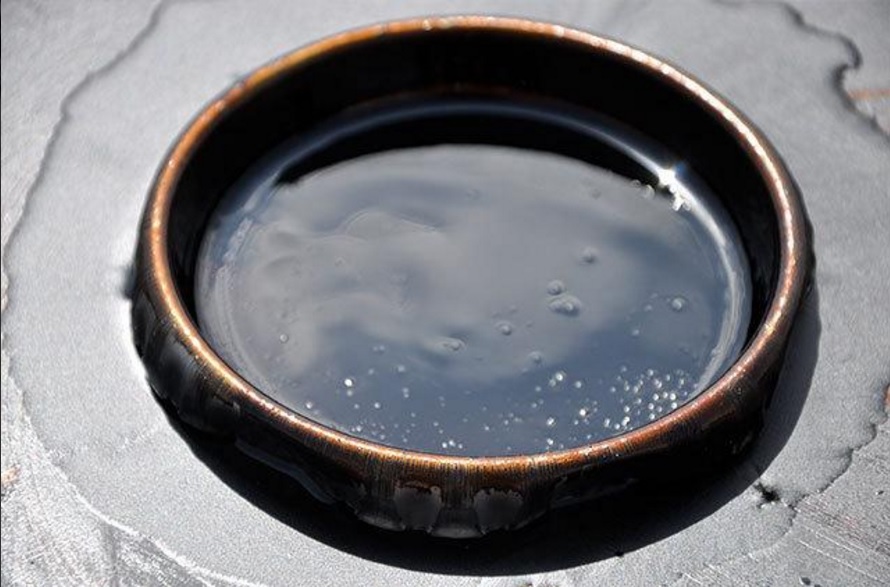
General Description of Cationic Bitumen Emulsion
A stable dispersion of bitumen in water in the continuous phase. The bitumen globules are positively charged due to the NH3 + group cover which is formed around bitumen droplets and provide stability for emulsion by electrostatic repulsion. These bitumen droplets have an affinity with the negatively charged aggregate, which is usually available in India. Dispersion is obtained by processing bitumen & water-based solution under controlled conditions through a colloidal mill having a high-speed rotor in the presence of scientifically selected surfactants/emulsifier. Selection of emulsifier & its quality is significant for emulsion stability, it's breaking & curing when applied over aggregates. The Cationic Bitumen Emulsion is chocolate brown and free-flowing at normal temperature. Once it breaks the bitumen breaks out and color changes to black. An Emulsion is said to break when the organic and the aqueous phase separate into two distinct layers i.e. the dispersion ceases to exist. Emulsions are classified as Rapid Setting-1(RS-1), Rapid Setting-2(RS-2), Medium Setting (MS), Slow Setting-1 (SS-1) and Slow Setting-1 h (SS-1h). The breaking time varies according to the designation of Emulsion although being largely dependent upon the climatic condition i.e. temperature, humidity, wind velocity etc.
The term cationic is derived from the migration of particles of bitumen under an electric field also. The droplets migrate toward the cathode (negative electrode), and hence the emulsion is called cationic. The cationic emulsifying agent functions similarly to the anionic; the negative portion of the head floats around in the water leaving a positively charged head. This imparts a positive charge to all the droplets. Since positives repel each other, all the droplets repel each other and remain as distinct bitumen drops in suspension. A typical cationic emulsifying agent is shown below showing the orientation of the agent at the bitumen-water interface and the positive charge imparted to each drop.
| Cationic Emulsion bitumen | ||
| CRS | CMS | CSS |
| CRS-1 | CMS-2 | CSS-1 |
| CRS-2 | CMS-2h | CSS-1h |
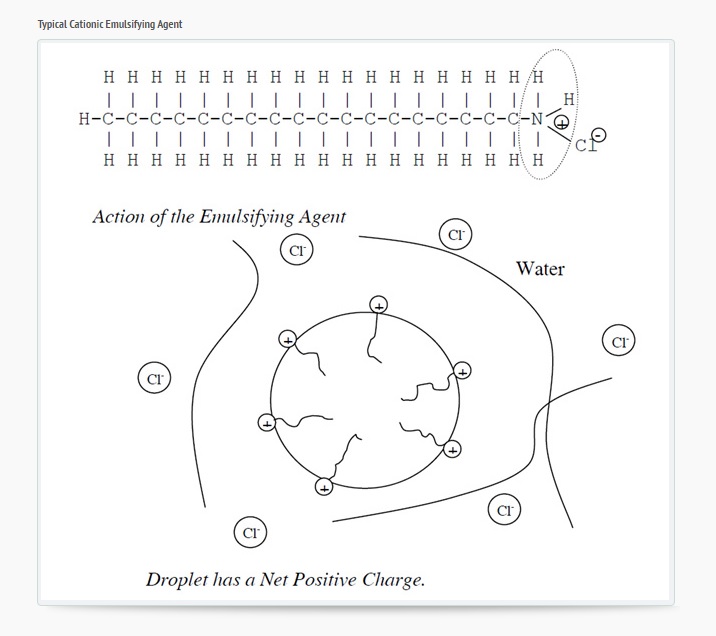
Cationic type: In which the bitumen particles are positively charged and the emulsifier used is a long chain amine. These are suitable for use with siliceous aggregates like quartzite, sandstone, granite etc.
When the emulsion is being produced the cations are adsorbed by bitumen droplets, negatively ions remain in the water. The undeniably most complete field of use is represented by the rapid setting emulsions.
The choice of bitumen emulsion (i.e. whether anionic or cationic) to be used depends upon the mineral composition of aggregate used for construction. In the case of silica-rich aggregates, the surface of the aggregates is electronegatively charged. Therefore a cationic bitumen emulsion should be used. This will help better spreading and binding of bitumen with aggregates.

